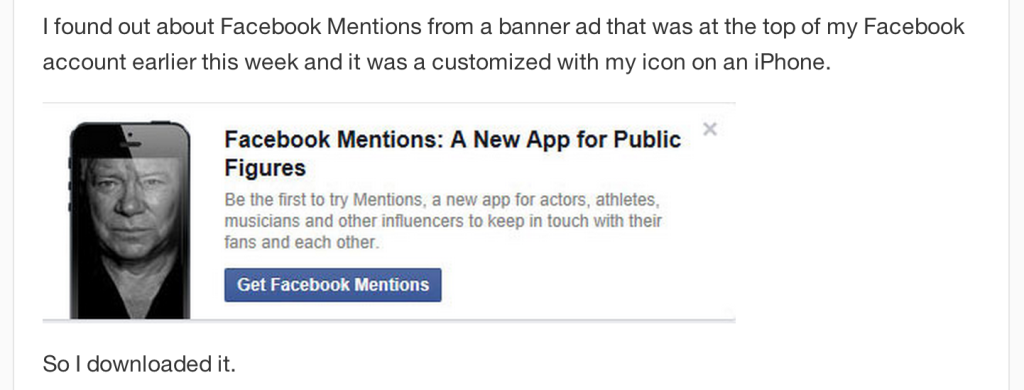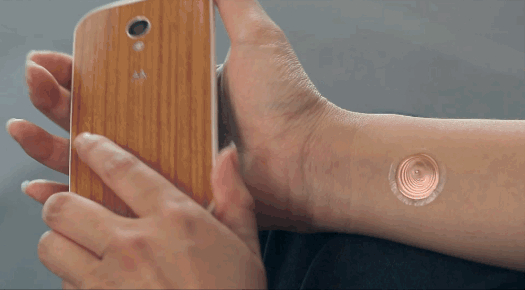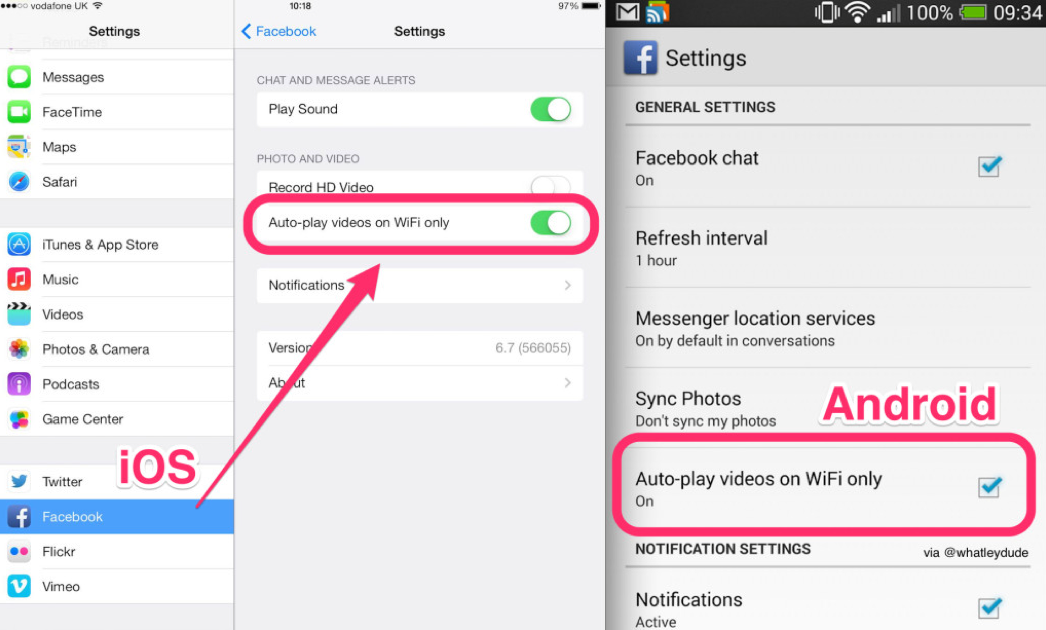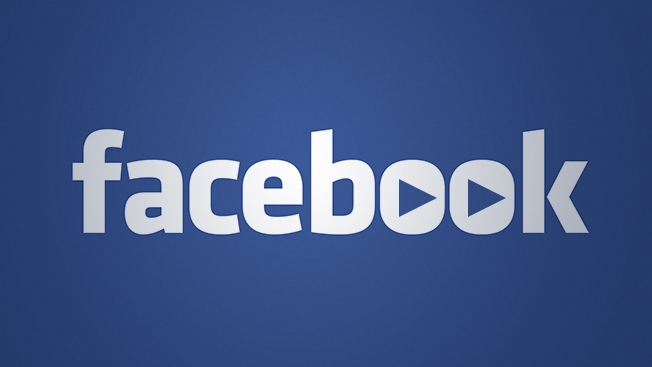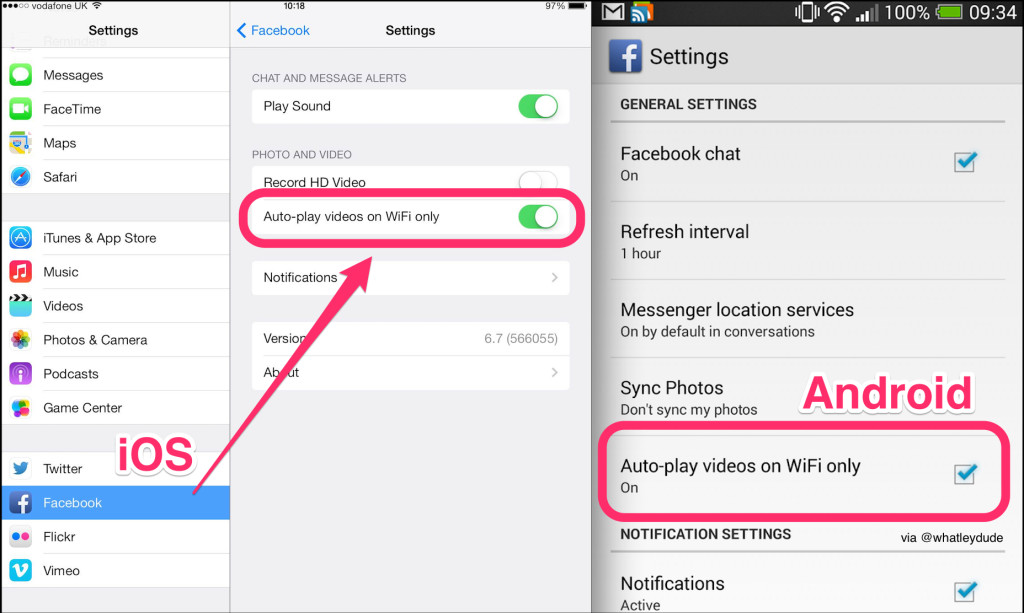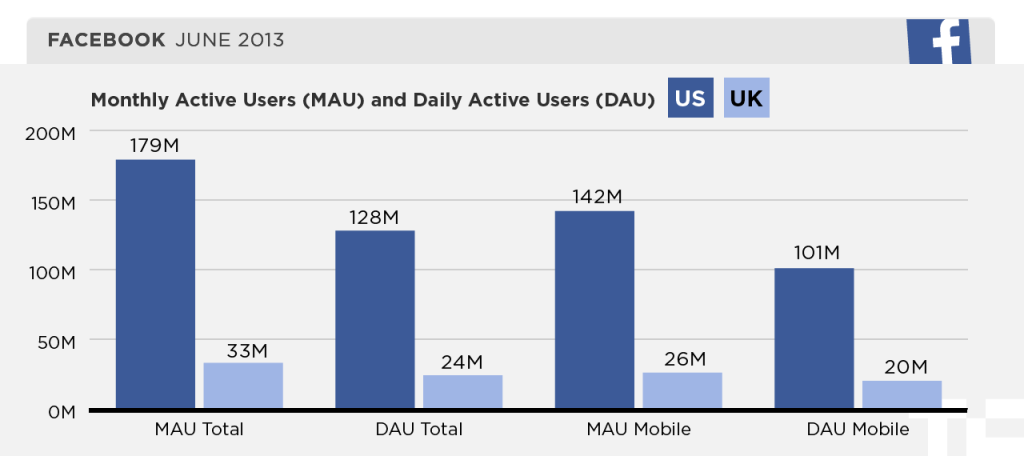Ten years ago I was part of the research team that uncovered the slow death of organic reach for brand pages on Facebook.
Led by Marshall Manson and using data from over 100 agency managed brand pages, totalling more than 48 million fans, the Social@Ogilvy team were able to ascertain that organic reach for Facebook was facing a precipitous decline.
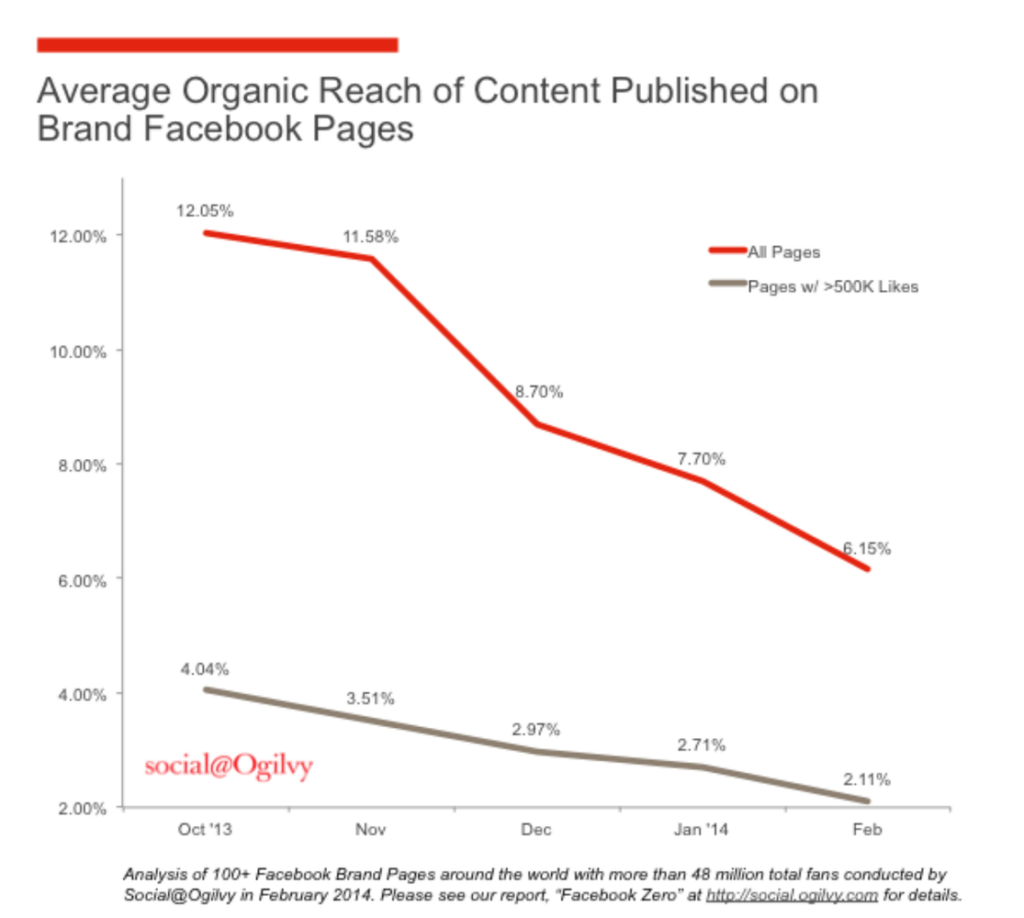
From October 2013 – February 2014, we could demonstrably prove that organic reach had dropped from 12% to 6%. That means for fan pages with 100 fans, any post with no paid media behind it would only reach six people.
In short: the free ride for brand fan pages was over. And the age of paid social had begun. Other social platforms soon followed. And in the years that followed, algorithmic content serving became king.
Since then, it became my standard to advise clients as often as possible to steer clear of an organic only approach to social media. To instead diversify your platform investment. To find new ways of not only building community, but doing so on a platform where you have ownership of – or at least reasonable access to the data. Valuable data that you can use for analysis, segmentation, retargeting and beyond.
Above all else, we eschewed the outdated KPIs of follower counts and fan chasing and instead focused on sharp paid media targeting and kick-ass creative.
In short: vanity metrics ain’t it.
If the lesson to stop building a fan following on one social platform wasn’t clear enough by now, you only need to look at the trash-fire that is the far-right, transphobic, sex-trafficker-supporting social platform formerly known as Twitter, X.
Earlier this year you could still see games publishers putting paid media spend behind asking X/Twitter users to ‘Follow this account for the latest updates’ about a new game.
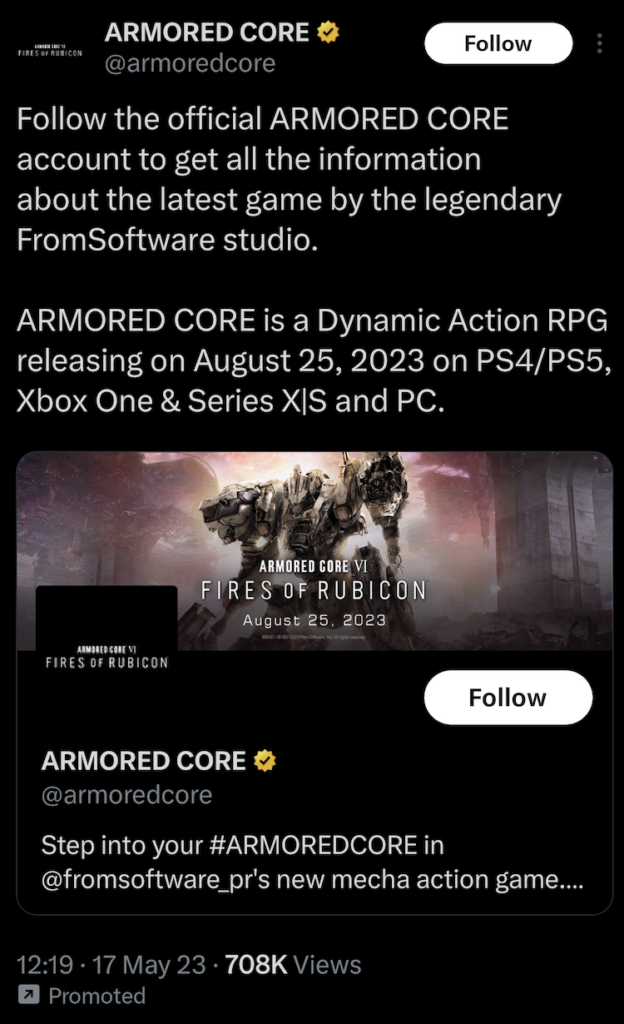
This is nuts.
According to the most recent research, the average half-life of a tweet is 24 minutes. Combine that with X/Twitter now purposefully obfuscating the organic reach metric (instead going with the non-unique nebulous number of ‘impressions’ – all views count, not just uniques), chasing vanity metrics is, at best, a dated KPI from the late noughties and at worst – a complete waste of time. Putting paid media behind that chase, even more so.
This alone should be cause for concern. When put against the recent shift of X/Twitter’s ownership, politics, and frankly, complete rejection of any and all brand safety – putting any spend into X/Twitter at all is… ill-advised.
OK so what’s the solution?
You might be reading this and thinking ‘Well, that’s not my experience’ – and you might be right. You might be experiencing a fantastic community on the platform and everything is amazing.
I doubt it, but you might.
You might also be reading this and screaming ‘James, Discord solves this!’- well, that is and isn’t the answer – the answer is and should always be ‘it depends’.
It depends what it is you’re trying to do. It depends on where you are in your game lifecycle. It depends on how much time/money you’re able to invest.
Learning how to diversify, test, learn and then commit. That’s the real trick.
But let’s get into it.
From AAA publisher to bedroom indie, the first question should always be: What is your objective? What is the one thing you’re actually trying to do?
‘I want brand awareness, community engagement, and sales’ – is not a single-minded objective. It’s three. The serious marketer chooses one.
‘I want to get 5000 followers on Instagram’ is not an objective. It’s a measurement. A measurement of what objective is the question.
‘I want an engaged community that I can reach with news and updates about my game’ – then the answer might be building Discord (for the core) or in fact, email (for mass).
Discord does of course have its pros. And many if not all of you reading this will be familiar with the platform. It is undeniable how useful it can be for developing that early/golden cohort of interest. However, you need to use it properly to drive engagement and interest. Talk to your fans, post regular / exclusive content. Engage in conversation. In Discord you have a captive audience, an audience that you can guarantee reach – so use it wisely. Don’t just auto-post your X/Twitter content. It’s lazy, disrespectful to the community and ultimately won’t deliver against your objective. You know who you are.
What about email?
We are without doubt in the age of the newsletter, whether you use Substack, Mailchimp or Ghost, newsletters are a great way to speak directly to people that actually want to hear from you. You get to own the first party database (hello, email!) and you get to sidestep the algorithmic content serving lords and masters of the social platforms. If email isn’t in your marketing channel plan, why not?
What else can we look at?
Well once again it comes down to your objective. If you’re building awareness, then for a small amount of investment you can do a surprising amount. From reaching new fans, building memory structures for existing, or even just giving announce trailers a paid media bump can be relatively simple and surprisingly cost effective.
If you need to drive interest on pre-orders, then ‘buy now’ carousels or stories/reels might do the job – and with the right creative execution then this too can deliver the results you’re after. All it takes is a clear brief and a commitment to a single objective.
There’s a lot here that should not come as a surprise.
It’s not rocket science.
The point is: when it comes to games marketing, the platform landscape is in flux. Single platform organic engagement can no longer be relied upon for reach and follower/fan vanity metrics are as out of date as the opinions you can find on the platforms you’re squandering effort in.
Endlessly chasing the same core set of gamers to like or follow the same accounts for single digit amounts of organic reach or worse – impressions – is a colossal waste of time and money. Blending a cross-platform organic approach with paid media, underpinned with an owned data driven platform (hello email), all in service to a clear single-minded objective is the route to genuine growth.
How do you solve a problem like building communities on X/Twitter? It was solved years ago, I’m just wondering when everyone else will catch on.


